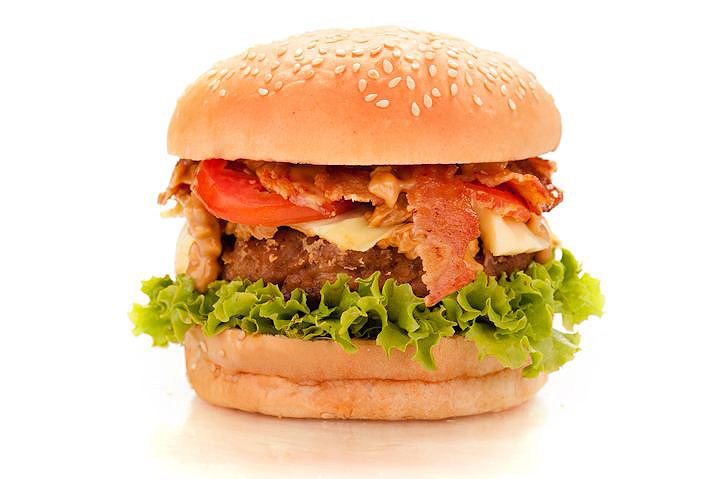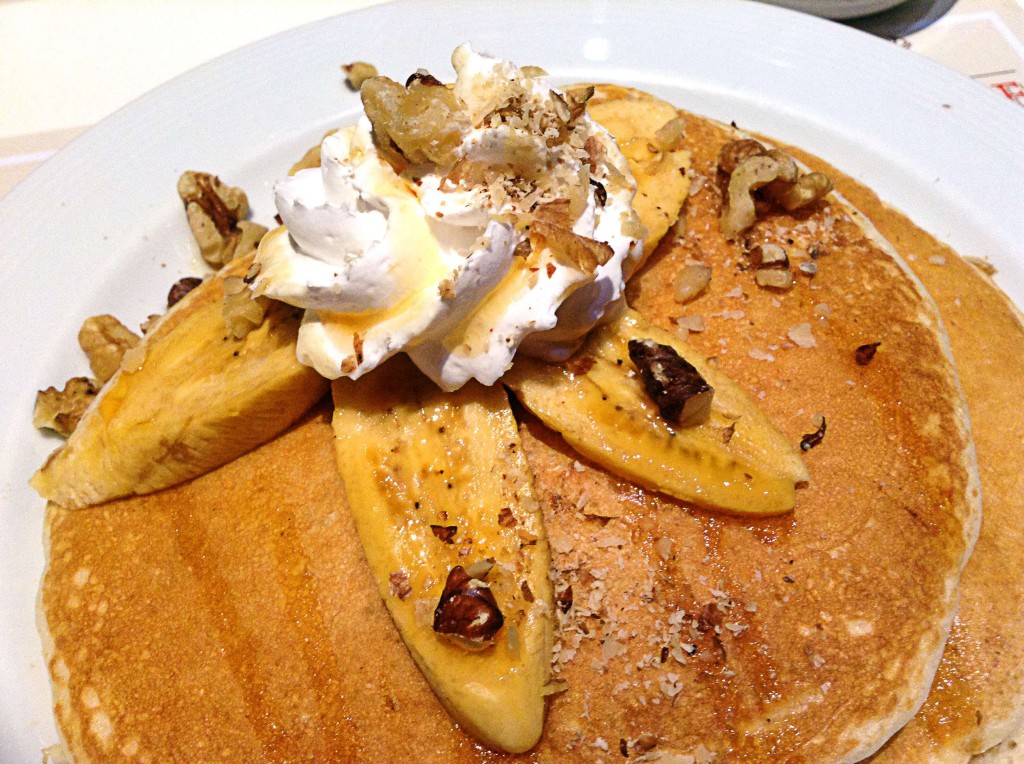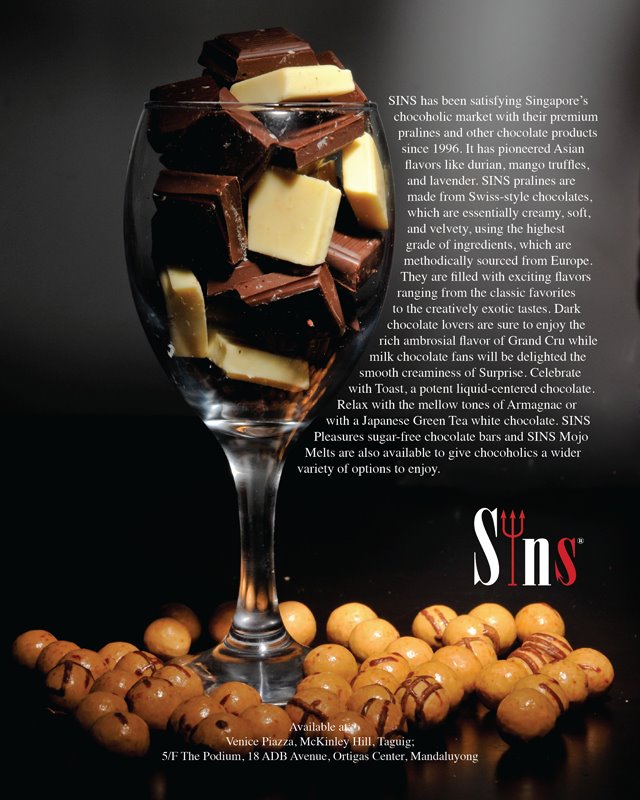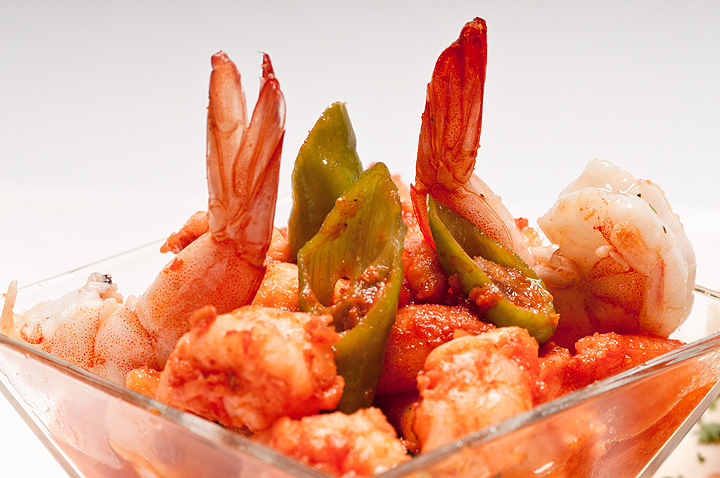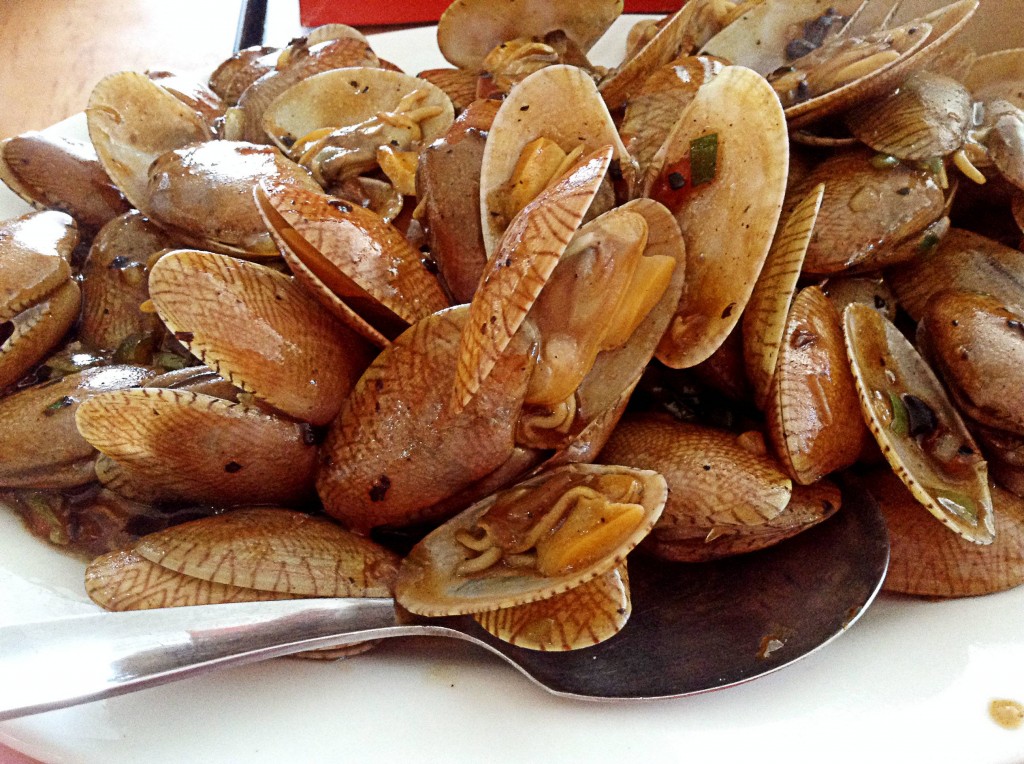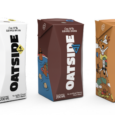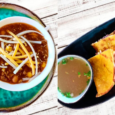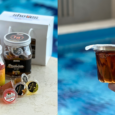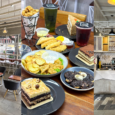#Food: Practical Tips on Taking Better Food Photos
We love to take pictures of what makes us happy. And good food is definitely one of those things that put a smile on our faces.
Are you like many out there who love to take pictures of food before they eat it? Yes, just like the selfies, we Filipinos love to photograph food to share on twitter, instagram and facebook. #Food even landed the 24th spot on Instagram’s top hashtag list (https://www.hashtagig.com/top-hashtags-on-instagram.php).
For those who blog about food, I’m sure you’ll agree with me when I say your photo should be as good as your article. How can you convince your readers that the burger you are writing about is good when the photo looks like a soggy burger right? So how does one take good photos of Food? Rory Rebustes, a faculty at First Academy of Computer Arts and co-owner of CitruSnap Studio, shares her simple tips on basic food photography.
1. Apply composition principles. Rule of thirds is one of the most basic principles in composing your frame. You can also use some balance and emphasis. Where does your eye go? Will it go directly to the cherry on top of the ice cream? Or do you want to show the ice cream and not too much
emphasis on the cherry?
2. Maximize your frame. This is the reason why food photos are usually taken up close. But, it doesn’t always have to be a detail shot. You can also take the whole image of the food, but fill your frame with your subject. This adds a more appetizing and inviting effect. Telephoto and macro lenses help.
3. You can’t make a still life subject such as food smile or pose but you can art direct it. Working with a professional food stylist helps a lot. They know specific preparation and tricks on how to make a food look appetizing for the camera. This is usually the case for commissioned works such as advertising and magazine editorials. If you’re taking photos for your own blog posts and social media pages, you’ll have to practice the principles and elements of composition on your own. Color and texture are important elements in food photography. They add life to the photograph.
4. The photo should define the food. If your post is about Gambas, we should see the shrimps. If it says red wine, we should see red wine. If it’s beer, it should look cold.
5. Control your light. One way to emphasize texture is through lighting. You can use High-key to highlight your subject. High-key lighting is often used in commercial food photography because having an over-all bright lighting makes it look more appetizing. But it can also vary depending on the concept of the ad, the branding of the restaurant, and the type of food. Again, if you’re taking photos of your own food for blogs and social media posts, you only have natural light to use. Check the area for good spots where a light source can beautifully hit your subject then take the photo from that spot.
6. You can also apply minor post-processing techniques to enhance your photo before posting them. Apply only filters that enhance the vibrancy and true color of the food. Ensure sharpness and quality of the image that you’ll be posting.
7. Practice. The best way to master any skill is by constantly doing it. Experiment on angles and lighting. Make sure that you do not present your subject the same way as your last post. Every photo tells a story, make sure yours tells an interesting one.
8. Take photography classes so you can better understand the concepts and learn the techniques in taking photos for your blog. You can catch me at my photography classes at First Academy of Computer Arts. I teach basic digital photography and DIY studio photography where I can share with you how you can start your own home studio with basic and affordable lighting equipment.
Learn more about digital photography and DIY studio set up at www.firstacademy.net. Rory Rebustes is a part-time faculty at First Academy of Computer Arts. She teaches photography, Visual Storytelling and Visual graphic design. She also owns CitruSnap photography studio in Makati.

